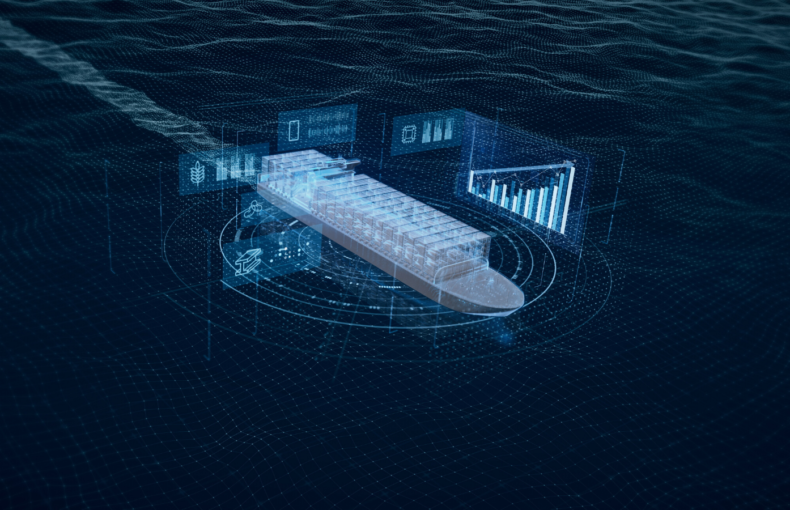
How maritime data builds efficiencies
Published May 7, 2020Carriers increase investments in maritime data to reduce costs and stand out in commoditized markets, and compete in a profit-tight economy.
Read more
Carriers increase investments in maritime data to reduce costs and stand out in commoditized markets, and compete in a profit-tight economy.
Read more
Important trends are emerging and potential opportunities are available for agile businesses willing to make adjustments during these uncertain conditions.
Read more
The science behind meteorology has changed. Farmers’ need for accurate weather forecasting has not.
Read more
To many, customer service plays an unsuspecting but large role in the timeliness conversation. No matter how hi-tech or futuristic a solution might be, a helpful person is what makes a real difference.
Read more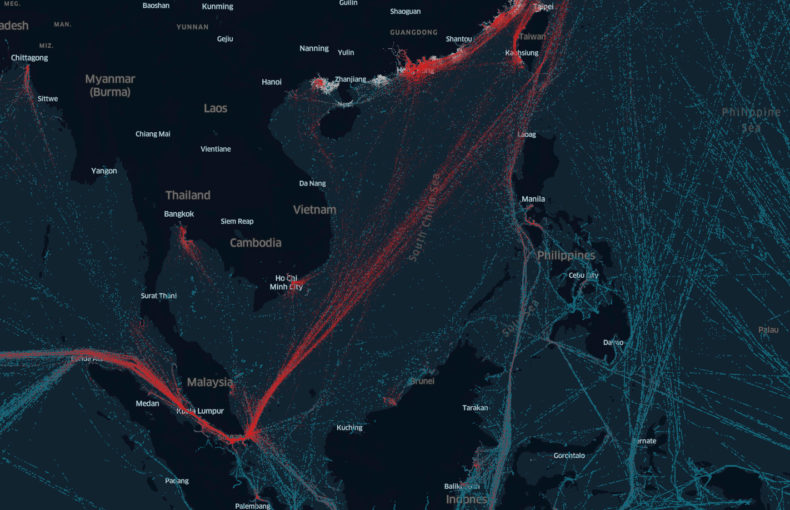
Enhanced Satellite AIS in the Vessels API offers the ability to track the global fleet one ship at a time, cleanly, and efficiently
Read more
The continued development of AI-powered e-navigation tools is an inevitable component of the digitalization of the maritime industry and autonomous shipping.
Read more
Case studies that demonstrate Spire’s long term support of federal government agencies
Read more
The rise in partnerships marks an early milestone in a historic journey where data transforms how we view our world, so what’s next?
Read more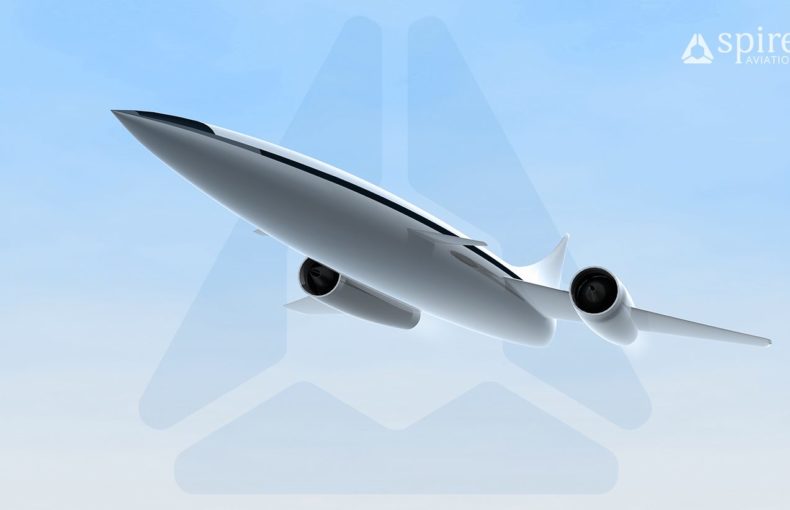
Advanced aviation location and weather data can help airlines overcome two main challenges of supersonic flight.
Read more
Maritime traffic and HTZs have an impact on profit margins for anyone working in the Maritime industry. A gap in AIS data prevents you from fully tracking the timing of your vessel to port.
Read more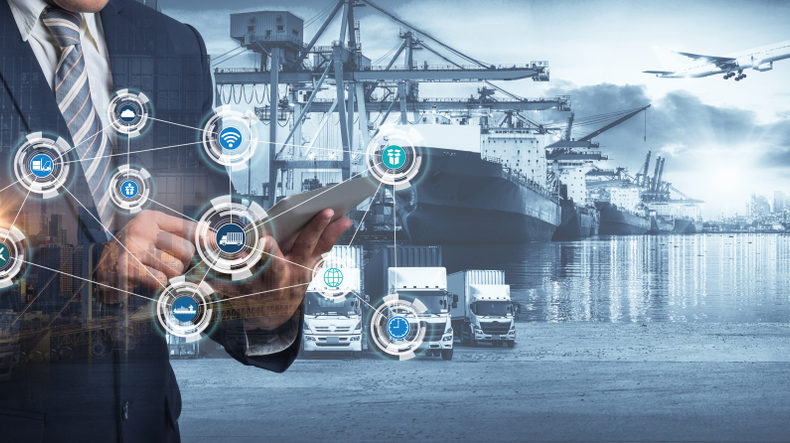
Enhanced Satellite AIS provides easy to use, customizable data without any gaps in coverage – even in the busiest shipping lanes.
Read more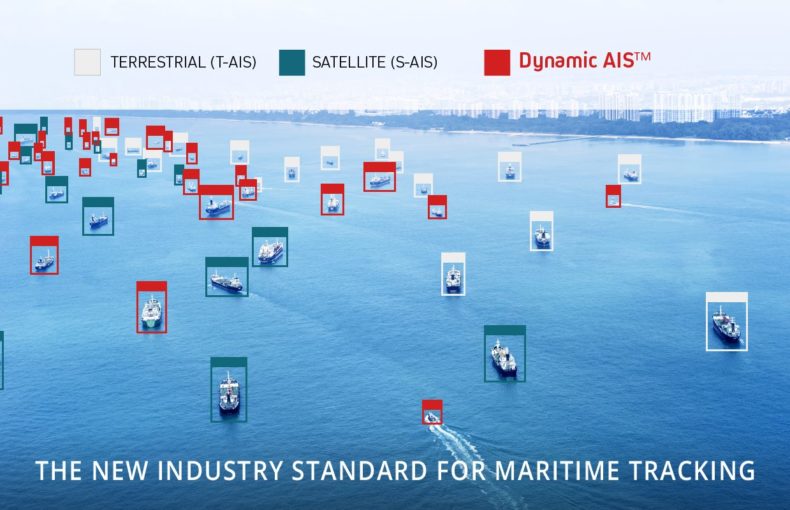
Spire Maritime announces Enhanced Satellite AIS – a groundbreaking tool providing seamless data coverage even in the busiest shipping lanes.
Read more
AIS fused with weather data through machine learning contexts is showing promise for applications driving improved fuel consumption and emissions.
Read more